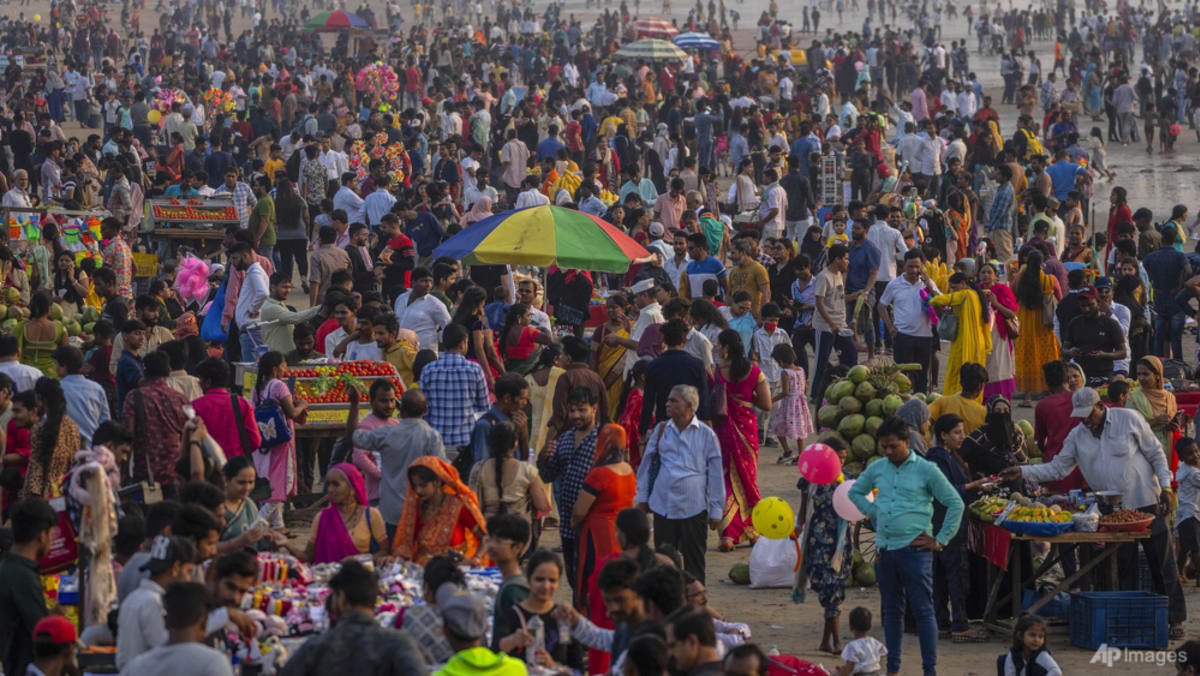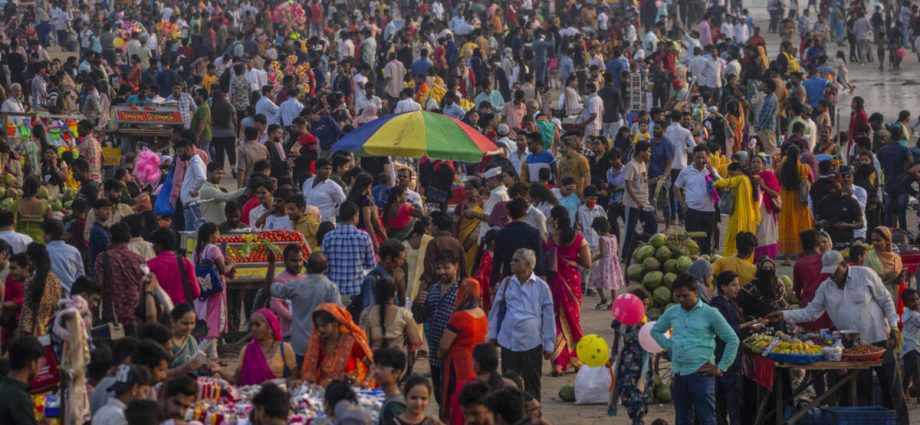
SINGAPORE: The United Nations projected that India would surpass China as the world’s most populous country some time in 2023. It wouldn’t be surprising if this milestone has probably already occurred.
Official demographic data might take more time to back this up, as India’s decennial census was postponed in 2021 due to the COVID-19 pandemic. India’s population was estimated to be at 1.417 billion at the end of 2022, according to the UN World Population Prospects report.
However, in January, China reported a population decline for the first time in six decades, with 1.412 billion people at the end of 2022.
Though India’s population growth rate is also trending downwards, it is projected to continue growing for the next 30 years – with potentially 1.668 billion people in 2050. The next two populous countries, China and the United States, are expected to continue growing more slowly or even shrink.
But far more significant than the overall figures is the composition of India’s growing population.
About 43 per cent of India’s population is under age 25. It is still considered a young country, compared to the ageing populations of China and the US. According to the UN, only 7 per cent of India is aged 65 and above, compared to the rapidly ageing populations of China (14 per cent) and US (18 per cent).
INDIA’S ECONOMIC MIRACLE?
A large and increasing number of individuals of prime working age will play an important role in developing India’s economy, which has global implications.
China provides an important parallel here. Its transformation into the world’s manufacturing hub was driven largely by its demographics.
When economic reforms were introduced in 1978, almost 60 per cent of its population was between the ages of 14 and 54. Favourable fertility rates ensured that this working age population continued to grow in the following decades.

